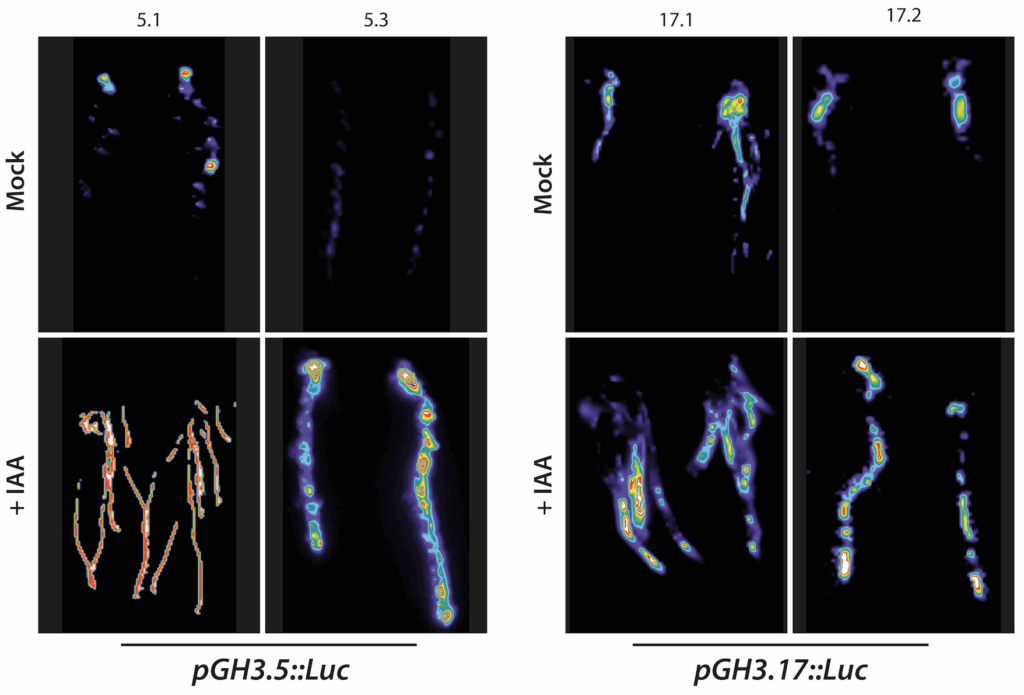New preprint on fungus-triggered plant growth promotion

In case you are interested in the mechanism that contributes to Serendipita indica-triggered growth promotion, have a look at our latest #preprint out in @biorxiv_plants on the crosstalk between the root colonising fungus and Arabidopsis thaliana:
González Ortega-Villaizán A. et al. 2024 bioRxiv
Plants share their habitats with a multitude of different microbes. This close vicinity promoted the evolution of inter-organismic interactions between plants and many different microorganisms that provide mutual growth benefits both to the plant and the microbial partner. The symbiosis of Arabidopsis thaliana with the beneficial root colonizing endophyte Serendipita indica represents a well-studied system. Co-colonization of Arabidopsis roots with S. indica significantly promotes plant growth. Due to the notable phenotypic alterations of fungus-infected root systems, the involvement of a reprogramming of plant hormone levels, especially that of indole-3-acetic acid, has been suggested earlier. However, until now, the molecular mechanism by which S. indica promotes plant growth remains largely unknown. This study used comprehensive transcriptomics, metabolomics, reverse genetics, and life cell imaging to reveal the intricacies of auxin-related processes that affect root growth in the symbiosis between A. thaliana and S. indica. Our experiments revealed the essential role of tightly controlled auxin conjugation in the plant-fungus interaction. It particularly highlighted the importance of two GRETCHEN HAGEN 3 (GH3) genes, GH3.5 and GH3.17, for the fungus infection-triggered stimulation of biomass production, thus broadening our knowledge about the function of GH3s in plants. Furthermore, we provide evidence for the transcriptional alteration of the PIN2 auxin transporter gene in roots of Arabidopsis seedlings infected with S. indica and demonstrate that this transcriptional adjustment affects auxin signaling in roots, which results in increased plant growth.



